Reptiles as pets have grown increasingly popular in recent years. Reptiles such as snakes and turtles are among the most popular pets. When viewing reptiles in nature and captivity might raise many concerns for anybody interested in reptiles. Especially among beginners. Is it true that snakes eat turtles? What snakes are known to devour turtles? Is it possible for turtles and snakes to coexist? It’s natural to be concerned about these issues. As a result, this article will assist you in answering these questions.
Table of Contents
What Do Turtles Eat?
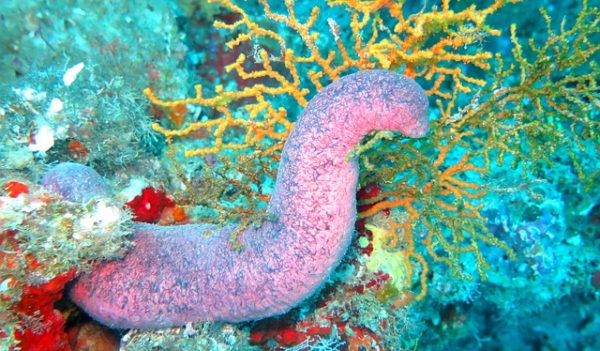
Like the people who love them, Turtles come in many shapes and sizes. This prehistoric reptile has nearly 300 different species. Everyone has a diverse diet that they enjoy.
Carnivorous turtles exist. Others eat a completely vegetarian diet. The majority of turtles, on the other hand, are omnivores. Animals and vegetation are both eaten by them.
The type of food a turtle consumes is determined by its species. All factors to consider are what sort of jaw it has for chewing food, where is it’s habitat, and where does it gets its food from. Based on the species, sea turtles consume seagrasses, algae, sponges, sea squirts, squid, shrimp, and sea cucumbers based on the species.
Leatherback sea turtles may weigh up to 1,100 pounds. They feed only on jellyfish with their scissor-like teeth. Green sea turtles eat algae and seagrasses. Hence, they are herbivores. The food of a freshwater turtle is equally as diverse. Bugs, snails, insect larvae, aquatic insects, crabs, water plants, algae, and falling fruit are all possibilities. Small animals, frogs, snakes, fish, and other smaller turtles are all eaten by some freshwater turtle species, such as snapping turtles.
Terrestrial turtles eat a wide array of foods as well. They consume anything from grasses, fruit, berries, mushrooms, and flowers to earthworms, grubs, snails, beetles, and caterpillars. When decomposing meat is accessible, aquatic and land turtles have also been known to devour it.
Many turtle species are kept as pets. They consume a wide variety of foods, precisely like their wild counterparts. Turtle food includes conventional turtle pellets and fish pellets. It must also have bugs with nutrient-rich diets, earthworms, and tiny fish. Owners should consult a vet or other specialist when choosing a meal for their turtle, as captive turtle diets differ by species.
What Do Snapping Turtles Eat?
Snapping turtles are known to be opportunistic omnivores. They have been known to eat almost everything that comes their way. They do, however, have a strong affinity for meat. The average snapping turtle’s diet consists of around 30% vegetable stuff. Alligator snapping turtles that are bigger and more aggressive eat much less vegetation. It is believed that they are predominantly carnivorous.
Snapping turtles may be found in both ponds and other brackish water environments. Because of their massive size, snapping turtles have the ability to eat the bulk of the living things in their environment. Prey can range from small invertebrates to large animals and birds. They can also feed on fish and amphibians. Carrion is reported to be eaten by snapping turtles. Snapping Turtles are known to eat aquatic plants, fish, smaller turtles, birds, etc.
In a pond, a snapping turtle will devour anything that comes its way. However, for captive snapping turtles, this is not a viable option. Turtles in captivity must only feed two to three times each week. Feed the baby snapping turtles every day.
In captivity, the most frequent meal of a snapping turtle is live bugs and worms obtained from a pet store. Raw and fatty meats such as chicken and turkey can also be offered. Leafy greens should be included in the diets of both common and alligator snapping turtles kept in captivity. Rather than feeding their turtles raw food, some owners prefer to offer them specially designed pellets.
The common snapping turtle prefers brackish water. Hence, it can be found in ponds or streams. The alligator snapping turtle prefers more freshwater environments. However, they are both nocturnal and aquatic hunters. Their nocturnal food patrolling usually entails wandering down the bottom of the lake or stream in search of prey. Juvenile snapping turtles are more aggressive in their pursuit of prey. Elder lifeforms of the species have learned to be more patient.
Adult snapping turtles will burrow themselves almost fully in the sand and wait for food to come along. They also have an enticing allure. The snapping turtle’s tongue looks like a worm. It’s often the only item visible above the sand’s surface. This is an efficient method of delivering prey to the turtle’s beak. Despite their sluggish look, these turtles can jump quite quickly and powerfully.
What Animals Can Snapping Turtles Eat?
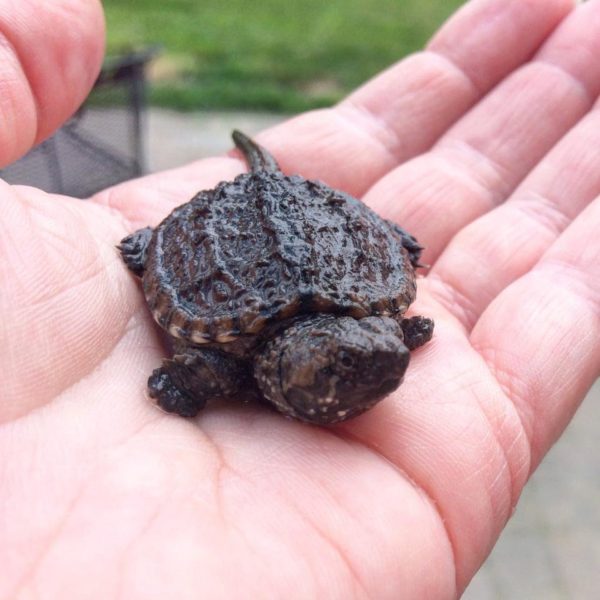
Snapping turtles will consume almost anything that will fit between their jaws. Carrion, invertebrates, fish, birds, tiny mammals, amphibians, and a surprisingly massive number of aquatic vegetation are among the foods they eat. Snapping turtles decapitate and kill other turtles. This behavior might be territoriality toward other turtles or inefficient feeding. As mentioned above, Snapping Turtles are known to eat aquatic plants, fish, smaller turtles, birds, etc.
Difference Between Snakes and Turtle
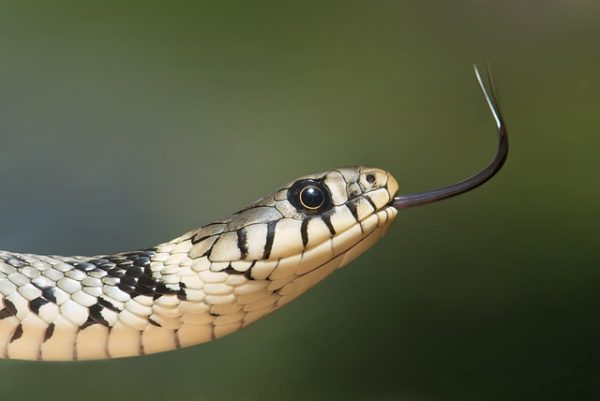
There are several obstacles in the way of evolution. The development of turtles from non-turtles is one of the more challenging challenges for evolution to overcome—the transformation of non-snakes into snakes. Both of them enthralled darwin. He was openly curious as to where they were on their evolutionary route. Reptiles include turtles, snakes, lizards, plesiosaurs, crocodiles, and pterodactyls. The enormous range of distinctive designs seen in reptiles supports the idea that all reptiles are purposefully designed.
Consider the turtle’s plodding movement. Turtles are unlike any other species on the planet. Nonetheless, they and their remains are easily identifiable. Their fossils are pretty easy to preserve. Their robust outer shell and firm lower plate keep them from decaying. Even when smashed, they are immediately identifiable. There is nothing equivalent in any other reptile that might have been altered to develop such a dominating characteristic.
Snakes are similarly intriguing. They are grouped with lizards. They are assumed to have developed from them after losing their legs along the way. They vary from lizards in that they have a much longer vertebral column, often with hundreds of vertebrae. Snakes have no forelimbs, and only a handful have rudimentary rear limbs, which are small characteristics employed in copulation.
Can Snakes And Turtles Live Together In Aquarium?
Combining snakes with turtles is not a good idea. To begin with, their nutritional requirements are distinct. Their environments are as well. Snakes reside in tunnels and holes, whereas turtles spend much of their time in the water. Furthermore, keeping a pregnant turtle alongside snakes will put your turtle eggs at risk. When your turtle reaches adulthood, it will perceive your pet snake as a danger and attack it.
Why You Shouldn’t Keep A Snake And Turtle Together?
Having snakes and turtles live together is not a good idea. This is because various dogs require different diets. Snakes eat frogs, rodents, and mice. Turtles eat various tiny insects, pellets, feeder fish, vegetables, and other items.
Your turtles require a well-balanced diet. They are omnivores. As they mature, their diet will transition from carnivore to herbivore. Snakes, on the other hand, are carnivores. Hence, their diet does not match that of turtles. Snakes, unlike turtles, do not require frequent feeding. Your newborn snakes can be fed twice a week. Adults should only eat weekly. Baby turtles require consistent feeding. However, when they become older, their hunger decreases, and they only have to eat once per week.
Is it a bad idea to keep Snakes and Turtles together for the following reasons:
1. Different Habitats
A Turtle’s habitat:

The majority of pet turtles need a water-filled aquarium. Some animals live mostly on land, although they are not commonly kept as pets. The tank must be loaded with 10 gallons of water for each and every inch of the shell. This criterion begins to be less applicable as the turtles get larger. Hence, more water is necessary. The water may quickly become a mess. It only takes a couple of days for the turtle to mess up the tank after you’ve cleaned it. The unclean water can hurt turtles. This is only if they spend extended amounts of time in it. So, even if it’s not suggested, spending a few weeks in polluted water won’t harm the turtle’s health. Other reptiles are not as tolerant of unclean water as turtles are. Hence, putting them in the same tank will be an issue.
In addition, turtles require a water filter in their tank. This is to ensure that the water does not become overly polluted very quickly. A filter’s drawback is that it’s generally rather noisy. So, other species rely on noise to evade predators. They may feel anxious and alert all of the time if they are constantly exposed to loud sounds.
The water temperature varies depending on the species. However, it usually is about 80 degrees F.
Turtles also require a distinct space. This is known as a basking area, where they may absorb heat and UV rays. The temperature of the basking region varies per species. Although it usually hovers around 90 degrees F. A heating lamp will provide heat, while a UV light bulb will provide UV rays. Both of these are necessary for the turtle’s survival.
A snake’s habitat:
Let us now discuss the snake’s environment as a pet. A terrarium or a cage are the two types of enclosures that snakes may dwell in.
Tanks and terrariums are pretty similar. Both feature four glass walls and a bottom section. They also feature an open-top option or one that is freely reachable. The appearance of a cage is generally similar to that of a terrarium. They are composed of wooden and metal netting rather than glass. The snake species and its size decide the length of the cage or terrarium. Snakes, like humans, require a certain amount of humidity. However, less common snakes, such as the garter snake, do not require much humidity. Tropical species will require greater humidity. There are several ways to maintain a proper humidity level within the cage. You may use a store-bought gadget, a moist cloth, or spray it with water regularly. There are many options with varying degrees of effectiveness. The ambient temperature for snakes should be approximately 80 degrees F. This is close to the temperature for turtles. This number varies greatly based on the species. The basking area’s temperature is likewise approximately 90 degrees F.
As a result, the needs for turtles and snakes aren’t that dissimilar. They both demand similar temperatures. Also, they don’t necessitate the use of plants. The most significant distinction is that turtles spend most of their time in the water. Whereas snakes spend most of their time on land. As a result, keeping both of them in the same tank is practically difficult. To maintain a turtle and a snake in the same cage, you’ll need a large one rather. One can be half-filled with water. The other is half-filled with the land. This is possible if you are creating an enclosure outside. However, it will be difficult if you want to do it inside. The most difficult aspect of keeping a snake and a turtle in the same cage is giving them with the finest possible habitat. Turtles that only live on land and snakes that only live in water exist. However, as house pets, such species are uncommon.
2. Territorial Behavior
When another creature intrudes on their domain, the turtle and the snake might become aggressive. When one or both of them are pregnant or during mating season, this will be at its maximum. They will not back down during this time, resulting in uninvited confrontations.
Can Snake Eat A Turtle?
Yes, certain snakes have been known to consume smaller types of turtles or turtle infants. They have also been known to eat turtle eggs, which are simple to come by in the environment. A colossal snake can readily devour a turtle, such as a Common Kingsnake. However, other snakes might find it too difficult to swallow an entire turtle or even digest its shell.
Before examining whether snakes could consume turtles as part of their diet, it’s worth considering if they can kill and eat turtles in the first place. Several snake species, particularly the bigger ones, have adapted to prey on other reptiles. However, the turtle doesn’t really fall within this group.
When a snake tries to devour a turtle, it puts itself in grave danger. The snake has a hard time digesting the shell. Because of its sharp edges, it can cause serious injury to the snake’s internal organs.
A snake’s diet is influenced in part by its size. Turtles are usually far too large for a snake to ingest. Furthermore, snakes frequently kill prey through constriction. Since turtles may escape behind their shells when threatened, a snake killing a turtle is more difficult. Having said that, there are still certain snake species that will eat smaller turtle species.
1. Kingsnakes
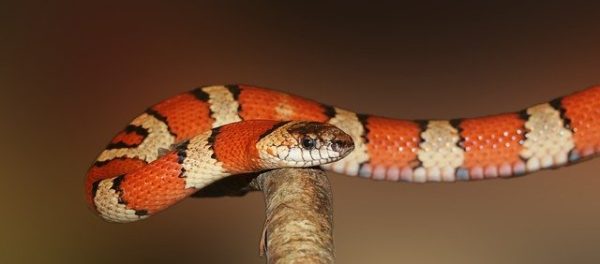
The food of the Common Kingsnake is rather diverse. This is owing to its enormous size and widespread distribution across the United States. It has the ability to eat a big quantity of prey. It measures 30 to 60 inches long on average. Smaller turtle species do get eaten by the Common Kingsnake. A substantial percentage of its diet consists of reptile eggs, notably turtle eggs.
2. Desert Snakes
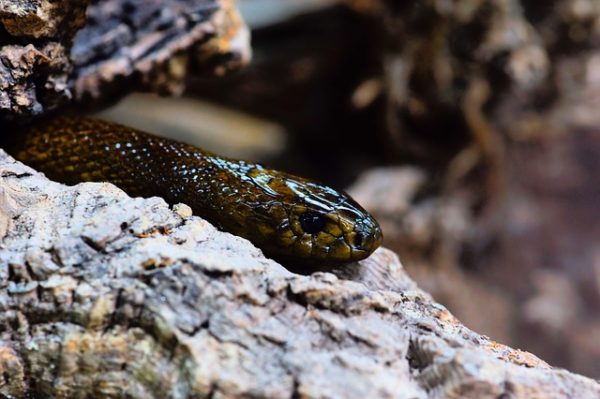
Desert Snakes are a form of Kingsnake that are quite similar to Common Kingsnakes. So it stands to reason that they can devour turtles like the Common Kingsnake. Wrong. Desert Snakes do not eat turtles despite the fact that they are large enough to consume other snakes.
3. Black Snakes
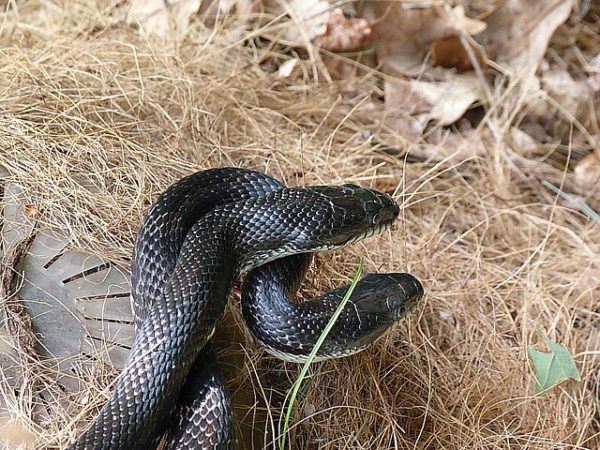
Turtles are not a component of the diet of the Black Snake. They are commonly known as Black Rat Snake. The Black Rat Snake’s food consists mostly of rodents, mainly rats, as the name implies. They’ve also been seen eating frogs and tiny lizards. However, they don’t appear to be interested in turtles.
4. Corn Snakes
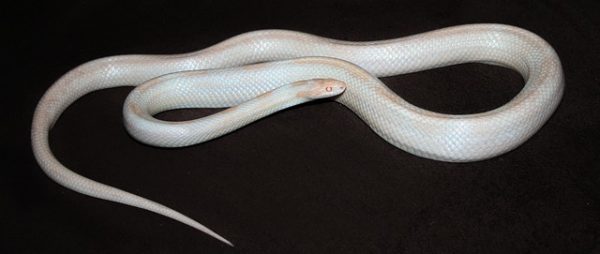
Corn snakes may grow to be pretty large creatures. In adulthood, they attain a height of 5 feet. They do not, however, eat turtles. Even little turtle varieties would be too big for it to devour because it is a very slender snake. Trying to visualize a little corn snake struggling to wrap its jaws around a turtle is almost hilarious.
5. Water Snakes
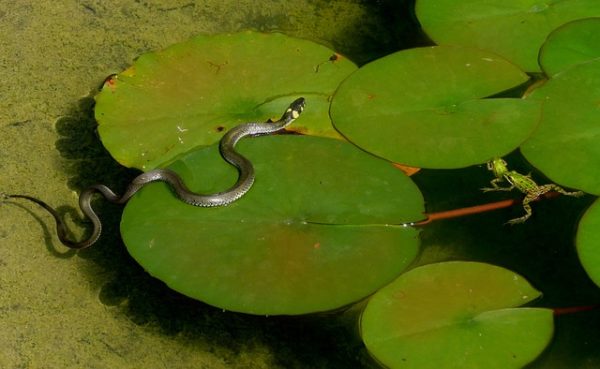
Water Snakes like to stay near the water and hunt. They consume tiny fish and amphibians like cricket frogs. However, turtles are not among their prey. In fact, animals like the Snapping Turtle would be a more significant threat to the Water Snake than a turtle would be to the Water-Snake.
What to Do If You Have Both a Turtle and a Snake?
It’s not a good idea to mix snakes with turtles. You should keep them separated in different tanks. Snakes should be kept in a terrarium with proper illumination. Turtles may be kept either outside or in a turtle aquarium.
Cultivate aquatic plants and a sunbathing place in a turtle tank. You won’t need a basking area for snakes. Both pets have identical lighting requirements. Leave the lights on for 12 hours in their habitat. They require 12 hours of light and 12 hours of darkness every day.
Conclusion
After reading this article, one can conclude that it is better not to have snakes and turtles live under the same roof. These two species have contrasting needs and behavioral traits that can threaten each other. Having them coexist in the same aquarium can be troublesome for you. It will also be problematic for your turtle and your snake. Their differences are so striking that keeping them in the same aquarium does not look like a good idea. Hence, if you wish to have a snake and a turtle as pets, it is better to keep them in separate tanks.
No related posts.

